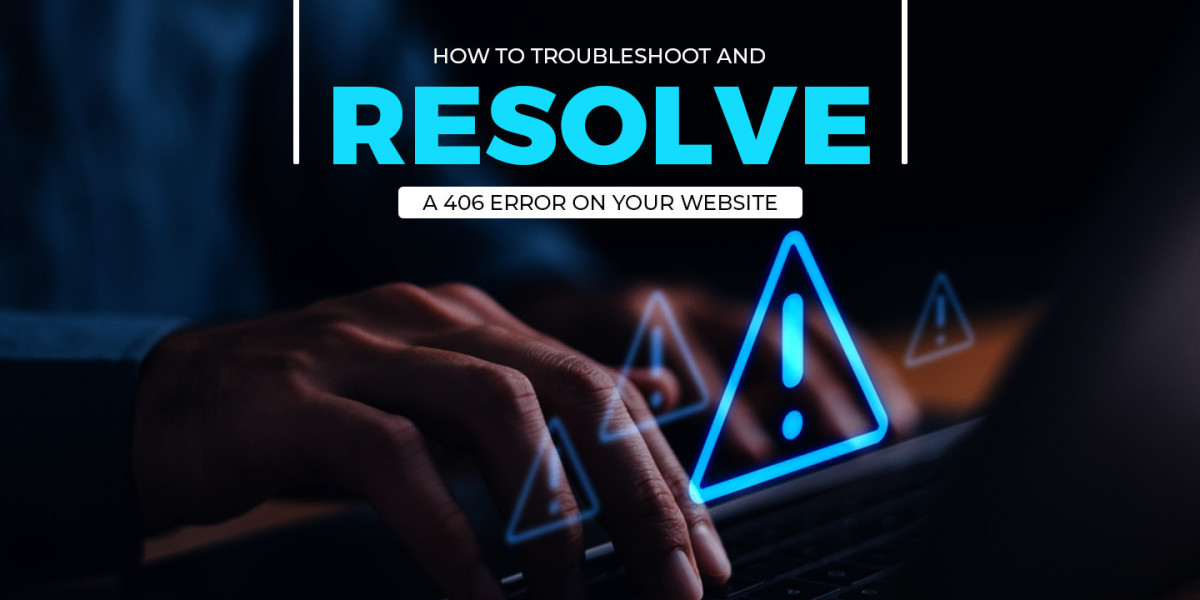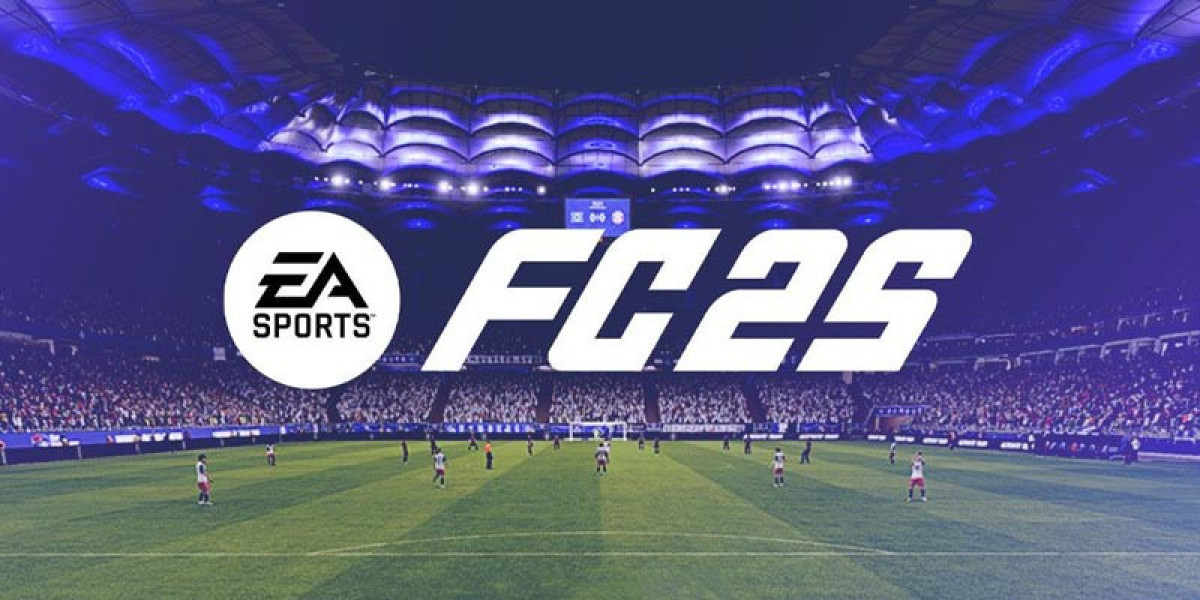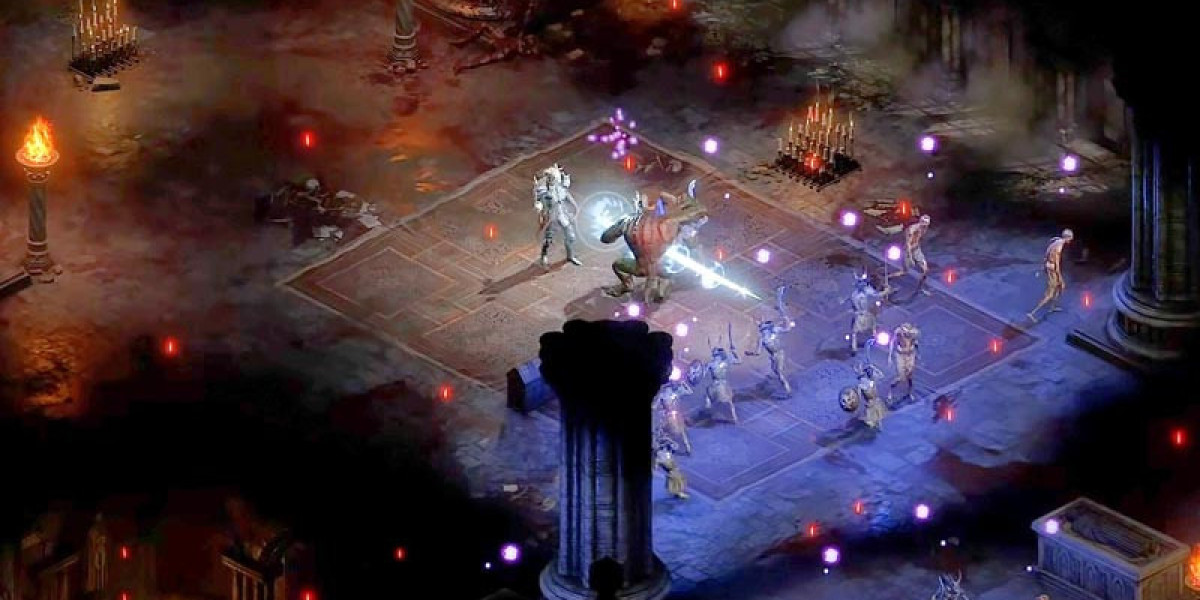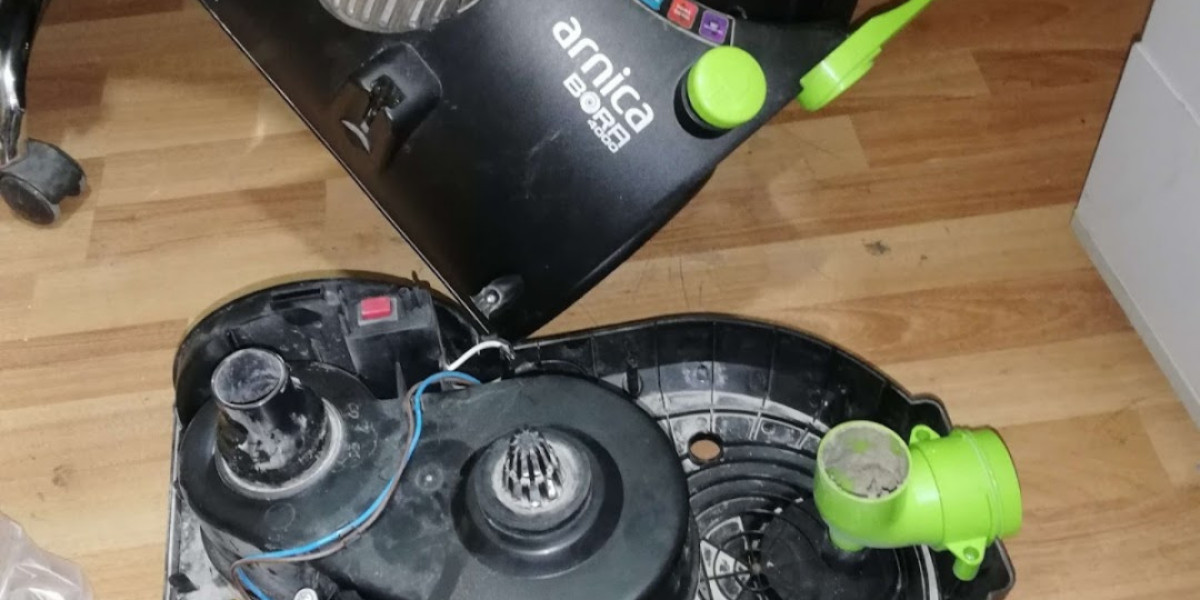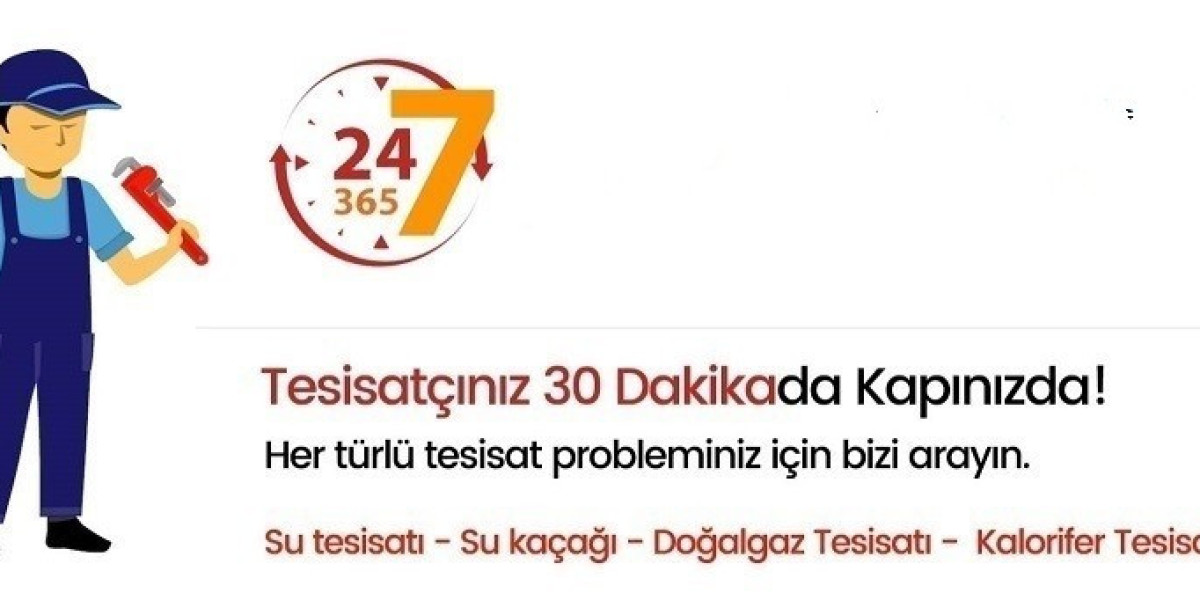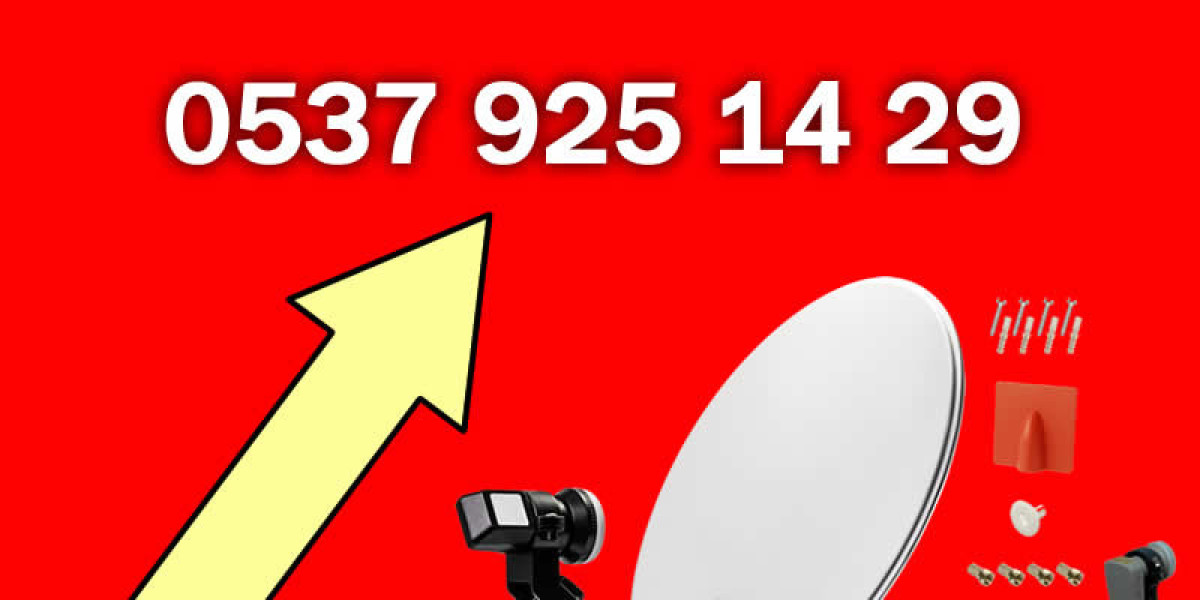Website owners often run into the 406 error, which is also called the 406 Not Acceptable error. It can be upsetting to run into this error, but if you take the right steps, you can fix it. This piece will explain in detail how to understand, troubleshoot, and fix the 406 error code so that your website works properly.
What Is a 406 Error?
The 406 error happens when the server can't send an answer that meets the requirements set by the client's browser or app. It basically means that the server gets the request but can't figure out how to format the answer correctly.
Understanding the 406 Not Acceptable Response
A specific HTTP status number called 406 Not Acceptable means that the resource that was asked for is not available in the format or language that the user's settings require.
Common Scenarios That Cause the 406 Error
- Content Negotiation Issues: The server doesn't have any material that fits the language or MIME type that was asked for.
- Server Configuration Problems: This mistake can happen if the.htaccess file or server rules are not set up correctly.
- Security Filters: An error 406 might happen because of security systems or plugins that stop certain requests.
Why Does the 406 Error Occur?
The 406 error number usually happens when the server and client are not set up correctly or are not compatible with each other. Here are some of the most popular reasons:
1. Incorrect MIME Type Settings
In the request headers, web browsers send a list of types that are okay, like JSON and XML. A 406 Not Acceptable error is sent if the server can't provide the type that was asked for.
2. ModSecurity or Security Plugins
A lot of websites use security tools to keep out people who want to do harm. But rules that are too strict can stop valid requests, which causes an error 406.
3. Outdated Scripts or Software
If your website has old or unsupported scripts, they might not be able to handle some requests, which could lead to compatibility problems and a 406 error code.
4. Misconfigured .htaccess File
Custom rules in the.htaccess file can block certain kinds of requests without meaning to.
How to Troubleshoot a 406 Error
Step 1: Check the Error Logs
Look at your server's problem logs first. These logs give you a lot of information about why the 406 error happened, including which site or request caused the problem.
Step 2: Review Accept Headers
Look at the HTTP Accept data that the browser sends. These headers tell the server what formats and languages the answer can be in. If the service doesn't meet these needs, change the settings to fix it.
Step 3: Disable Security Plugins Temporarily
Turn off security apps for now if you use content management systems (CMS) like WordPress or Joomla. After that, see if the 406 Not Acceptable error still shows up.
Step 4: Test with Different Browsers or Devices
The problem may be with the way the client's computer is set up. Try your website on a number of different browsers and devices to see if the issue is only happening on one set up.
Resolving the 406 Error on Your Website
Here are the steps you need to take to fix the 406 error code once you know what caused it.
1. Adjust Server Configurations
Make sure that your server can send replies in a format that most browsers can understand. Change the MIME type settings in the file that controls your server.
Example for Apache Server:
Change or add the following to your.htaccess file:
apache
Copy code
AddType application/json .json
AddType text/html .html
2. Modify or Disable ModSecurity Rules
If the 406 problem is caused by security filters, you might want to change or turn off certain rules in ModSecurity.
How to Disable ModSecurity for Apache:
apache
Copy code
<IfModule mod_security.c>
SecFilterEngine Off
SecFilterScanPOST Off
</IfModule>
3. Update Scripts and Software
Software that is too old can cause problems with other programs. Regularly updating your CMS, plugins, and themes will make sure they work with the latest standards.
4. Validate Your .htaccess File
If the.htaccess file is not set up correctly, calls may be blocked without a reason. Online tools can help you check your.htaccess file for mistakes.
5. Contact Your Hosting Provider
Get in touch with your hosting company if you can't fix the problem. They can give you advice or change the server settings to get rid of the 406 Not Acceptable problem.
Preventing the 406 Error in the Future
Better to avoid than to treat. If you want to keep your website from getting the 406 error code, here are some things you can do:
1. Regular Maintenance
Update the software, plugins, and styles on your website on a regular basis. Make sure that the site works with current browsers and server standards.
2. Monitor Security Settings
Don't use security rules that are too strict and can stop valid requests. Adjust security apps so that they protect you while still letting you use the site.
3. Implement Content Negotiation
Set up your server to support multiple languages and types so it can handle a wide range of client requests.
4. Test Regularly
Use tools like Google PageSpeed Insights or Pingdom to test your website on a regular basis to find and fix problems before they get worse.
Conclusion
The 406 error is annoying, but it's usually easy to figure out what's wrong and fix. By learning what's causing it and using the above troubleshooting steps, you can make sure that your website guests have a smooth experience. You can avoid getting the 406 Not Acceptable problem in the future by doing regular maintenance, carefully setting up your servers, and testing ahead of time.
Taking the time to fix this problem will make your website more reliable and make people happier with it. If you're still having problems, talk to your hosting company or a skilled developer to make sure there are no mistakes on your website.
